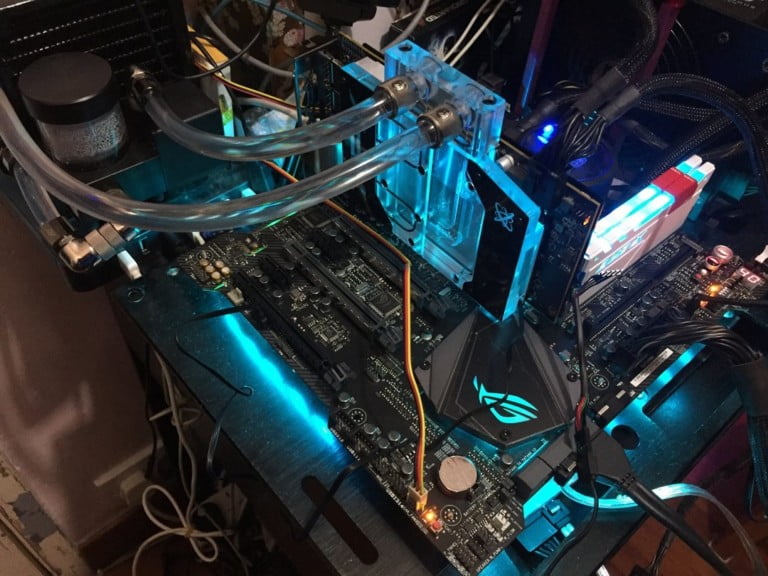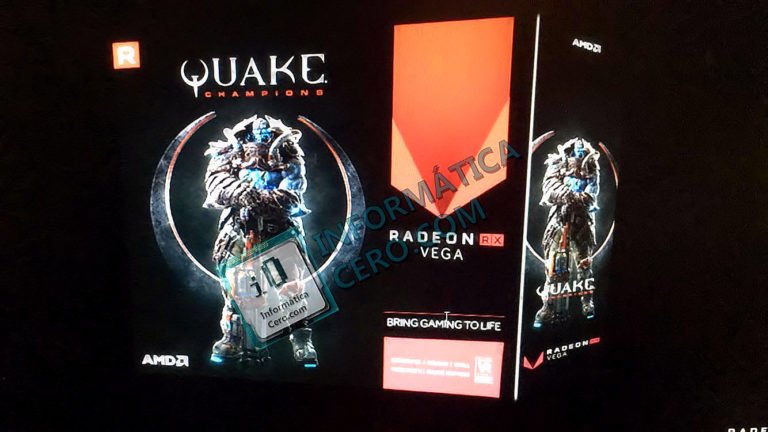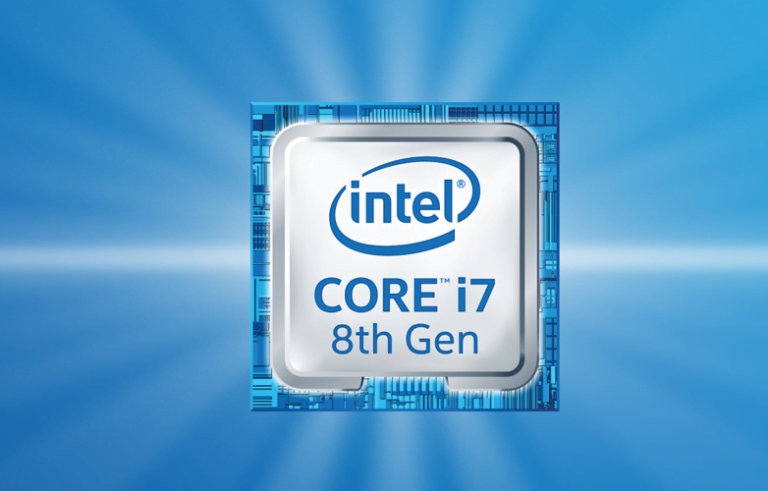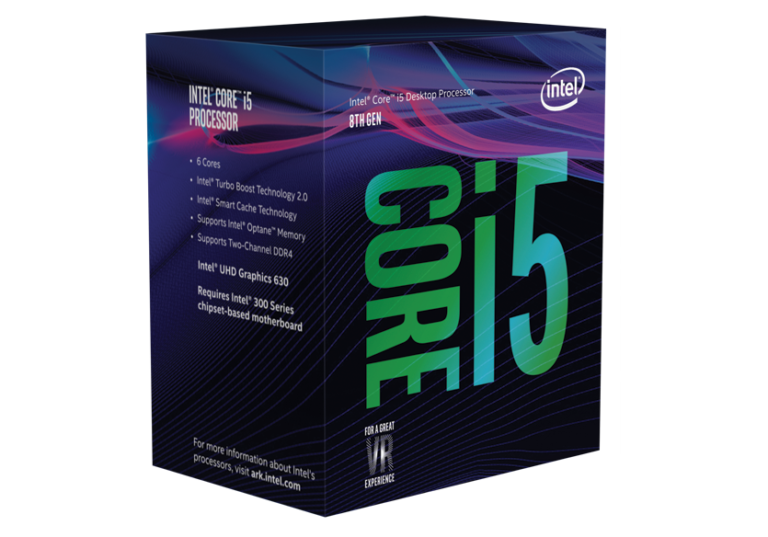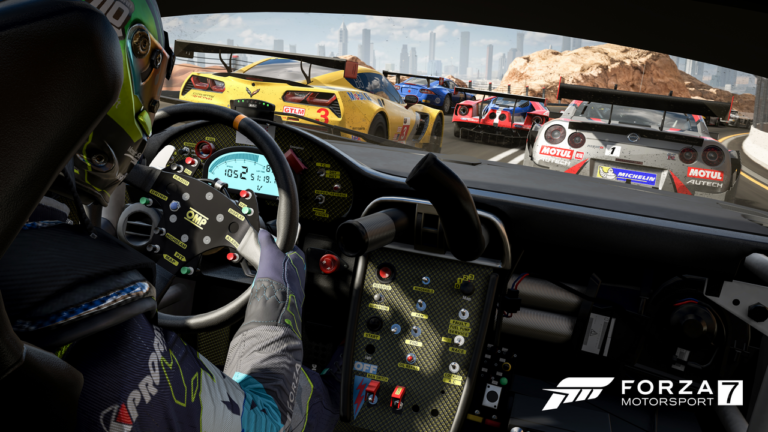Resident Evil 7: Biohazard Benchmarks; Up to 22% faster on RX 480 Than GTX 1060

Apparently, the latest edition in the Capcom’s long-running survival horror series favors Radeon graphics cards over Nvidia hardware. The Resident Evil 7: Biohazard benchmarks released by AMD’s Performance Labs show that the game boasts faster framerates on Team Red’s GPUs, while rival Nvidia cards suffer a performance regression in comparison.
AMD vs Nvidia – Resident Evil 7: Biohazard Benchmarks
The new Resident Evil 7 marks the franchise’s dramatic transformation from its traditional third-person perspective to a campaign that takes place entirely in first person. As seen with the PlayStation 4 version, the game’s first-person presentation does require a solid framerate. While the PS4 hardware was able to render it at a playable framerate, the PC port’s performance remained in question up until the launch.
As revealed by AMD, the PC version of Resident Evil 7: Biohazard achieves up to 73fps at 1440p on test systems using Radeon graphics cards. The game runs up to 22% faster using Radeon Software Crimson ReLive Edition 17.1.1 on the Radeon RX 480 when compared to a similar PC build that uses an NVidia GTX 1060 on NV 376.33 with DirectX 11.
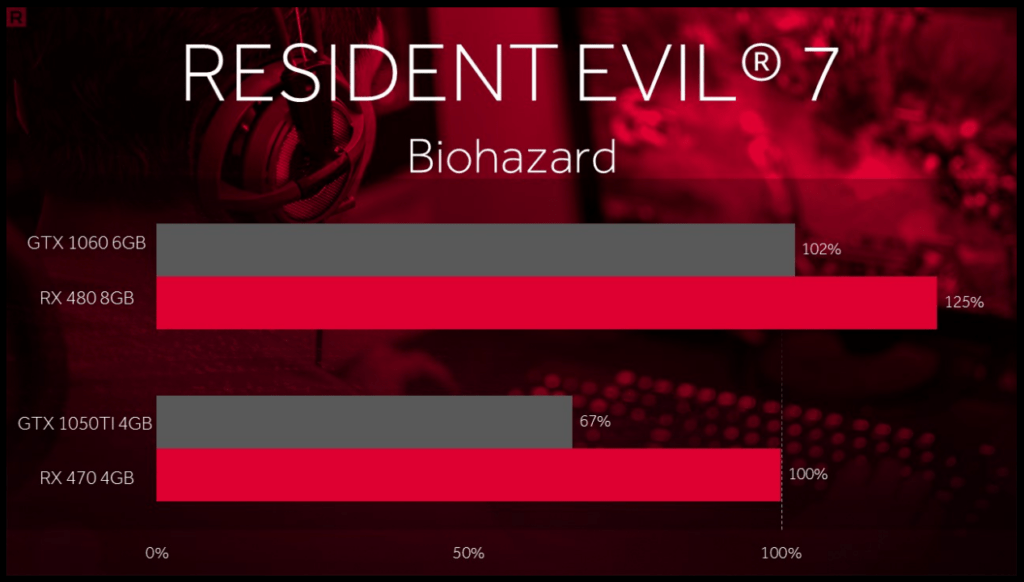
At 2560 x 1440, the 8GB RX 480 running Resident Evil 7: Biohazard delivered an impressive 73.5fps average compared to 60.2fps of the 6GB GTX 1060. Moreover, using the same drivers, the 4GB RX 470 running the game had 59.0fps, while the 4GB 1050 Ti could only hit 39.3 frames per second.
Read More: AMD Radeon RX 400 Series GPU Price Cuts; Should You Choose RX 470 Over GTX 1050 Ti?
Keep in mind that the performance will vary based on your PC hardware build and software drivers.
Resident Evil 7 Graphics Performance: At least 4GB VRAM for Playable Framerates
Our friends at PCGamesHardware also tested the graphics performance of the Resident Evil 7, showing similar results as above with AMD graphics cards performing exceptionally well. The test bench used for these results utilized:
- Intel Core i7-6800K @ 4.4 GHz
- MSI X99A Gaming Pro Carbon
- 16GB Corsair DDR4-3000
- Drivers: Geforce 378.49 WHQL, Radeon Software 17.1.1 Beta
- Windows 10 x64 OS
Here’s the Resident Evil 7 graphics benchmark at 1080p, 1440p and 4K UHD resolutions.
Resident Evil 7: Biohazard Benchmarks [1920 × 1080]
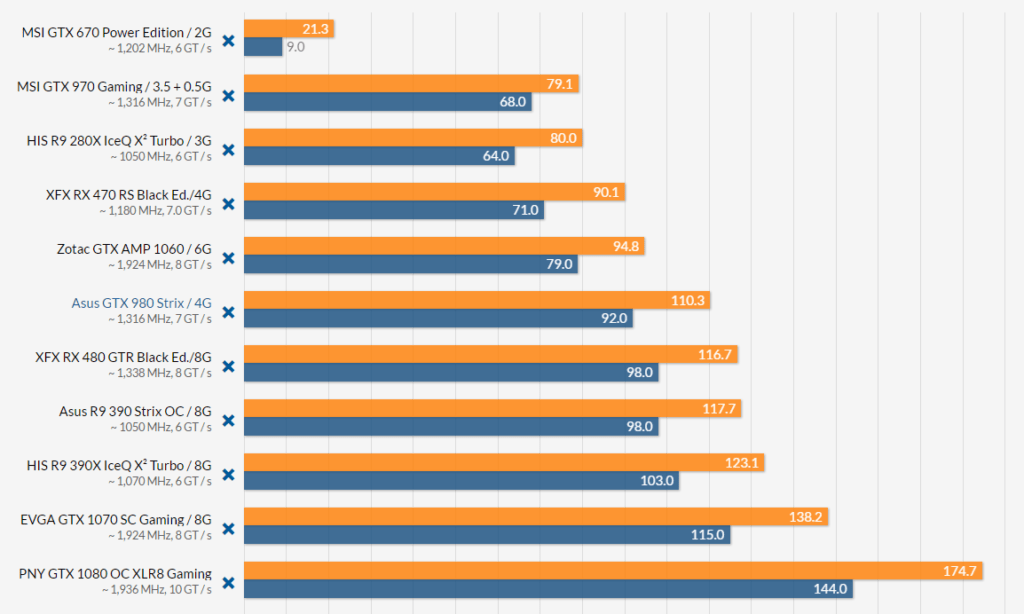
Resident Evil 7: Biohazard Benchmarks [2560 × 1440]
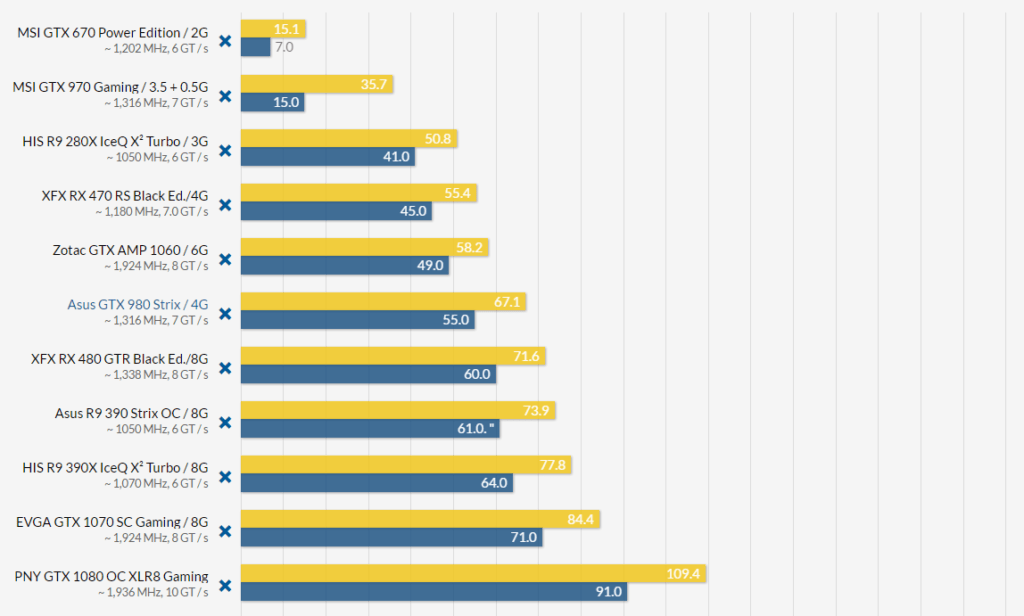
Resident Evil 7: Biohazard Benchmarks [3840 × 2160]
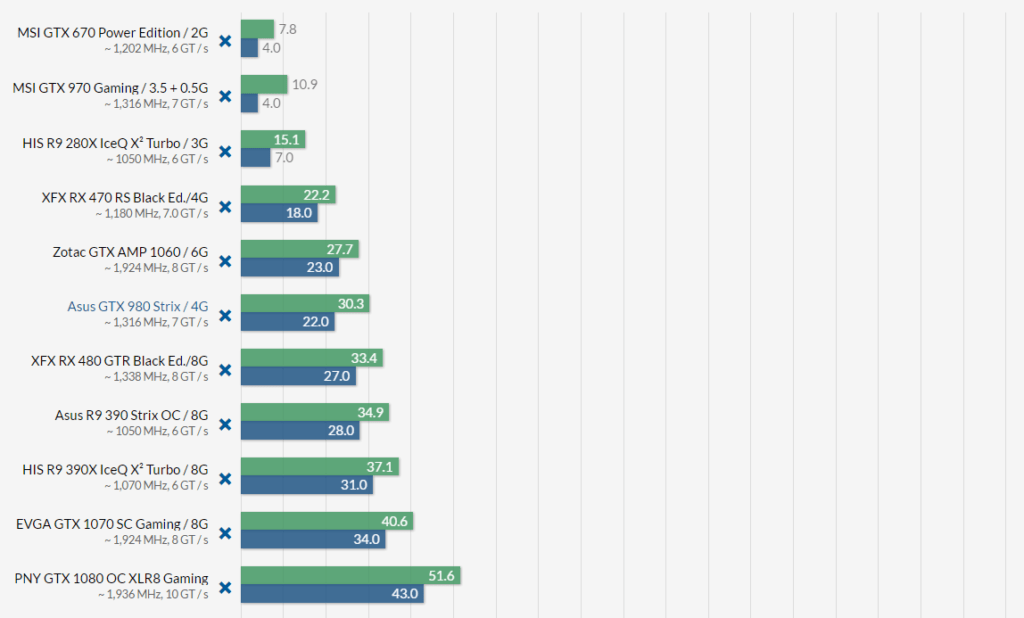
The benchmarks show the strong Radeon performance, with even the less potent RX 470 performing on par with the GTX 1060 in most games.
Another important finding is the dependence of the Shadow Cache effect on how much VRAM you have available. For graphics cards with video memory less than 4GB, you’ll have limited shadow render details stored in your GPU, which could result in increased rendered times.
Below is the full rundown for Resident Evil 7’s PC specs.
Minimum Specs
- OS: Windows 7, 8, 8.1, 10 64-bit
- Processor: Intel Core i5-4460 2.70 GHz or AMD FX-6300 or better
- Memory: 8 GB RAM
- Graphics: Nvidia GeForce GTX 760 or AMD Radeon R7 260x
- DirectX: Version 11
- Additional Notes: 1080P CPU/GPU at 30FPS
Recommended Specs
- Processor: Intel Core i7 3770 3.4 GHz or AMD or better
- Memory: 8 GB RAM
- Graphics: Nvidia GeForce GTX 960 or AMD Radeon R9 280X or better
- Additional Notes: 1080P CPU/GPU at 60FPS

